Photographer Martín Chambi
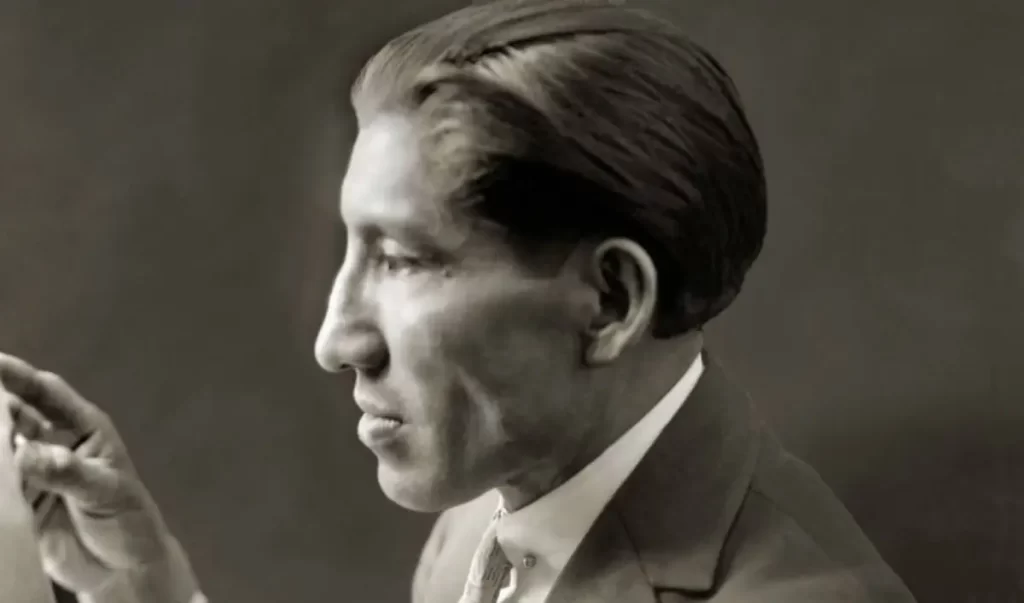
The photographer Martín Chambi was born in 1891 in Coaza, a town like many in the heights of Puno, but he found in Cusco more than one reason to record his images in the heart of his camera. Martín Chambi always sought to know more about his trade, to learn from his elders in Arequipa […]
The Llama
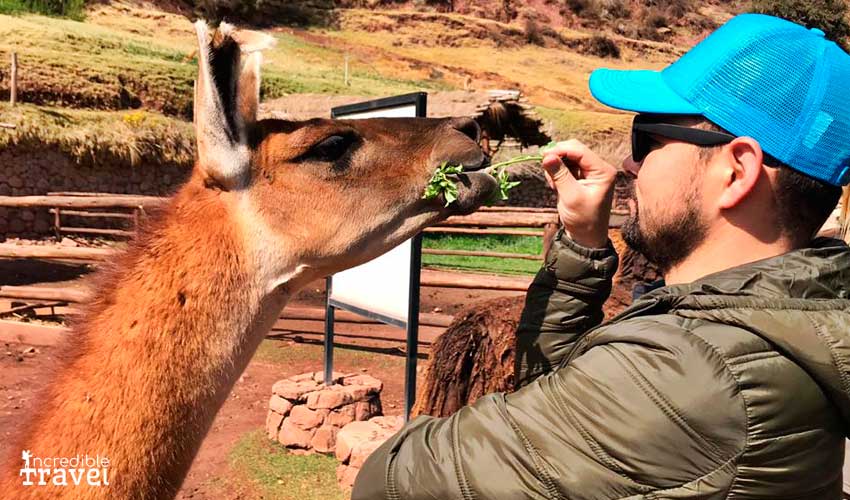
The camelids are originally from North America, from where a group went to Asia by crossing the Bering Strait and gave rise to the Bactrian camels, a trunk from which, in turn, the dromedary arose. The other group populated the entire American continent, but over time it was confined to the south, where it acquired […]
The Aymara Language
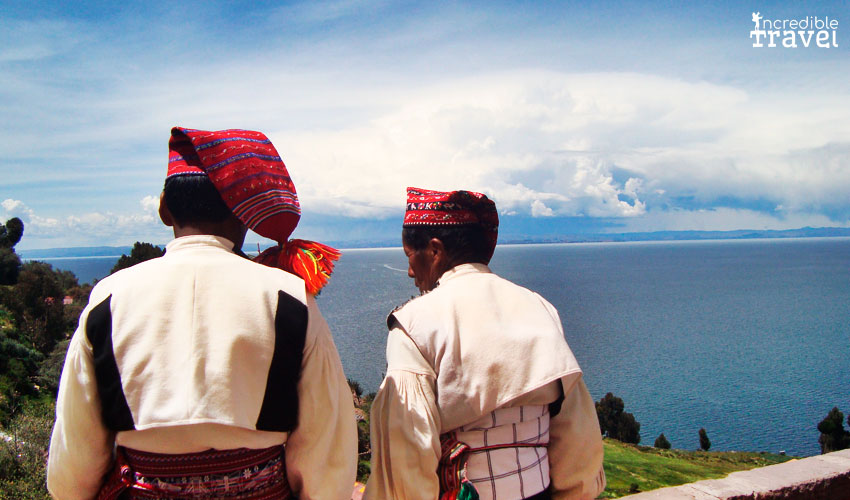
We do not know with certainty what its own speakers called it – perhaps jaqui aru, “language of the people” -, nor do we know the origin of the name it currently bears: Aymara. The person who first mentions this word is the lawyer Juan Polo de Ondegardo, and only in 1559. Since then it […]
The men of Totora
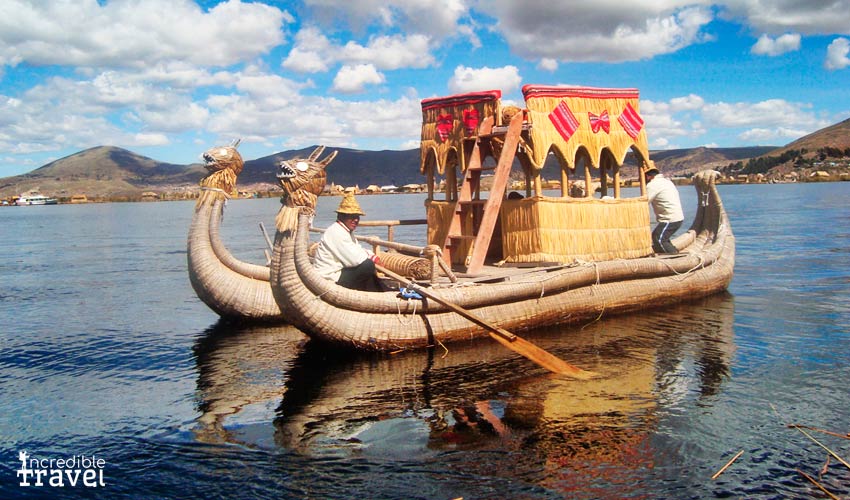
Previously despised, objects of the curiosity of tourists now, always poor, the Uros are reputed as the oldest inhabitants of Titicaca. Until recently it was thought that they were survivors of a dying breed that had even already lost its language, the uroquilla. Today it is known that the term uro does not designate an […]
The Coca leaf
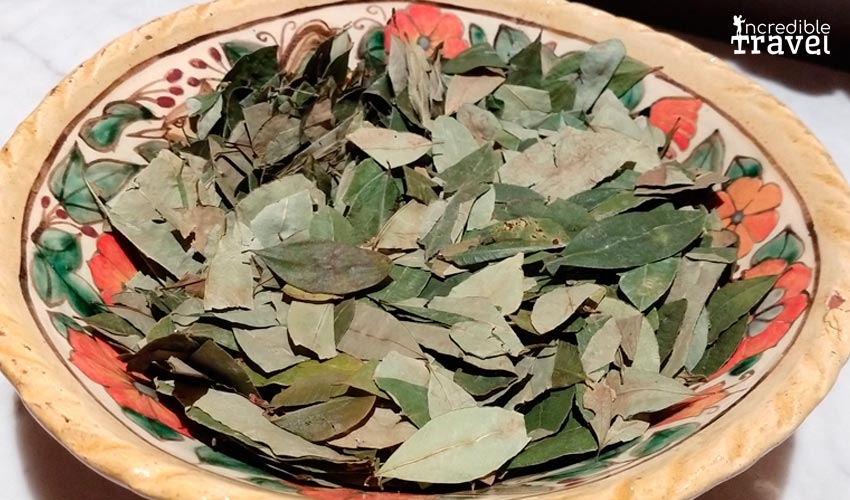
With corn and potatoes, coca forms the trilogy of plants that had a sacred character in pre-Hispanic times and that continue to play a very important role in the food and culture of the Peruvian people to this day. Coca (Erythroxylon coca, E. novogranatense) is a shrub that reaches 2.5 meters in height with a […]
The Legend of Manco Capac and Mama Ocllo
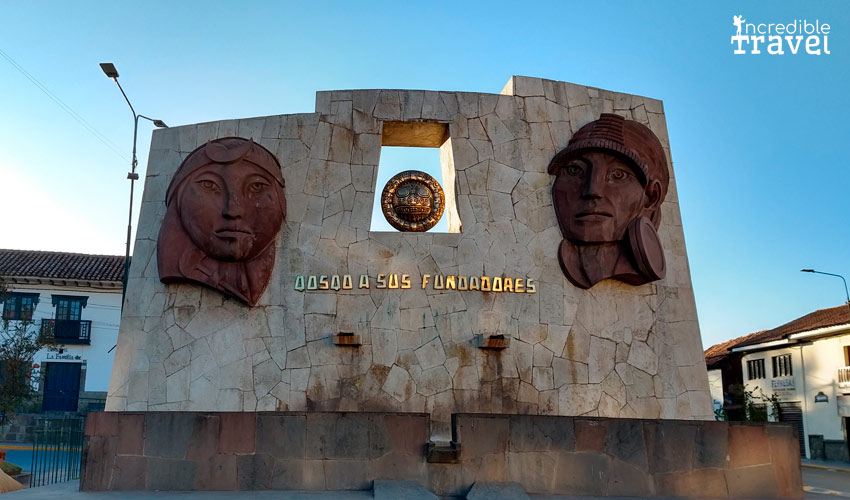
Not only because of its closeness to heaven, but because of all the gifts that it bestows on its extensive domains, Titicaca was destined to be a sacred lake. We do not know the name given to it by the first men who approached its shores, but it is almost certain that already then they […]
Biography of Inca Garcilaso de la Vega
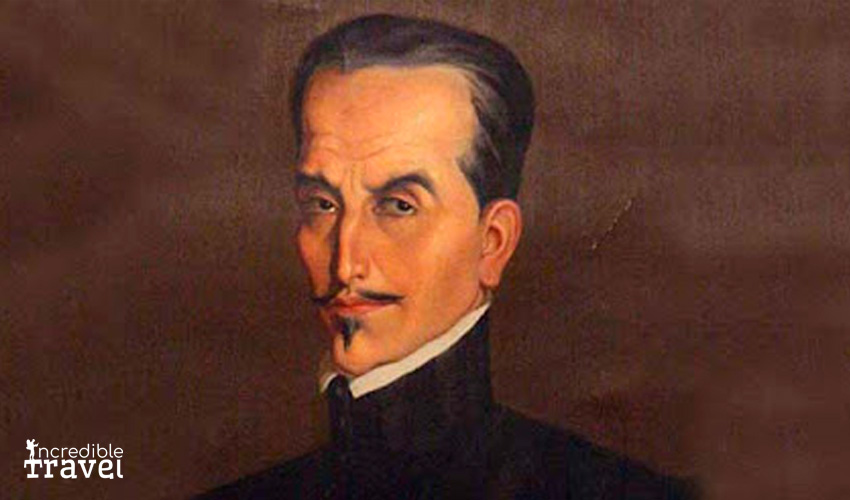
Cusco letters. With the sword and with the pen. Known universally as Inca Garcilaso de la Vega, he has become a Symbol of Peru due to his condition as a mestizo, the son of a Spanish conqueror and an indigenous princess, but above all for his famous work, the Royal Commentaries of the Incas, which, […]
The flag of Tawantinsuyo as an emblem of the city of Cusco

“Nothing is more powerful than an idea whose time has come.” By: José Tamayo Herrera. The creation of the symbol The creation of this heraldic symbol, the flag of the seven colors, and its enthronement as the flag of Cusco did not emerge in 1939 as Dr. María Rostorowski de Diez Canseco thought, but in […]




